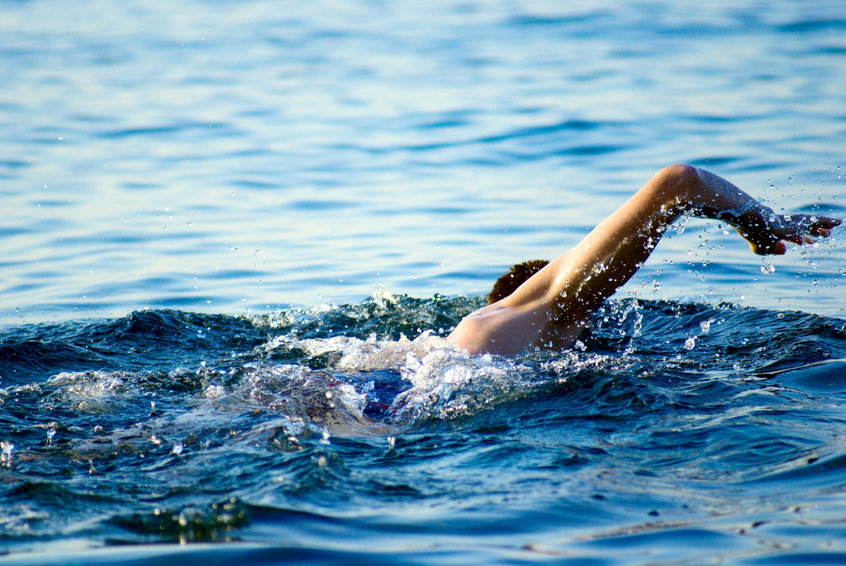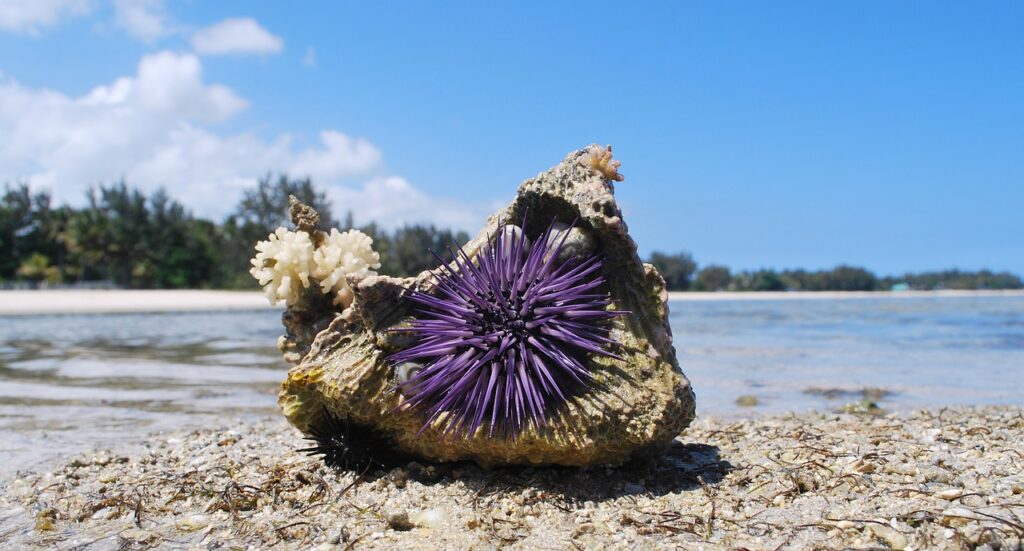
Swimming at the beach or along the shoreline is a favorite pastime for some. It provides physical health benefits and can reduce stress. However, there are dangers lurking in the ocean, from marine life to rip tides to harmful bacteria. In this post, suggest hazards to keep an eye out for when planning an ocean swim.
So, what are the primary dangers of swimming? Avoid these dangerous ocean hazards:
Bacteria
You risk serious bacterial infection if you swim in the ocean with an open wound. It is not uncommon to find contaminants like sewage, fecal matter, animal waste, and human germs in the water. These toxins can lead to infection in your eyes, ears, skin, and gastrointestinal system- often involving diarrhea.
Rip Tides
Rip tides are dangerous and powerful currents of water that can pull you out to sea fast. These are most often found past the line of breaking waves. Lifeguard rescues are most often due to rip tides, and account for over 80% of their beach rescues.
If you find yourself caught in a rip tide, swim parallel to the shore and aim for land by swimming at an angle.
Heatstroke
Do you know the signs of too much sun? Heatstroke can, in fact, be fatal and is the leading cause of weather-related deaths in this country. Some signs to look out for include:
- Sunburn
- Cramps
- Fatigue
- Dizziness
- Nausea
Sunburns can become worse overnight. If you have a sunburn and are experiencing a fever, headache, or chills, seek medical attention promptly. To avoid excessive heat during summer months, try swimming at night.
Algae
Did you know that algae can be harmful and toxic? Harmful Algal Blooms, also called red tides, appear along the coast and can be hazardous to humans and sea life. These blooms are one of the more increasingly common dangers of swimming as a result of climate change.
Depending on the amount ingested, the algae can be lethal. If a beach has been closed due to a red tide, pay heed, and stay out of the water.
Jellyfish
Jellyfish are the biggest wildlife threat for swimmers at the beach, and it is estimated that jellyfish stings are the most common type of beach injury reported. If you spot a jellyfish, give them plenty of room and steer clear.
Sea Urchins
Sea Urchins are sharp, spiny creatures- and it hurts to step on one! They burrow in shallow water near the beach and can cause a painful injury if you encounter one. When exploring at low-tide or wading in shallow water, wear footwear and watch out for these invertebrates.

Lightning
If you hear thunder, lightning could be close behind. Get inside during thunder and lightning storms as there is no safe spot to be on the beach. Seek shelter indoors or inside your hard-topped vehicle. Wait at least a half hour after the thunder stops before going back outside to be sure the weather has passed.
Sharks
While shark attacks are rare, they do happen, and it warrants caution when swimming in the ocean. The most active times for a shark are dawn and dusk- so it is best to avoid swimming during these times of day. Also, stay out of the water if you have a wound as it can attract sharks and it also makes you susceptible to infection. If you spot a shark, get out of the water, and inform a lifeguard.
Before you jump in the ocean,, consider the dangers of swimming that could be lurking in the waters. Make sure that you- and your loved ones- know how to swim and that you only visit beaches and swim spots where and when a lifeguard is present.